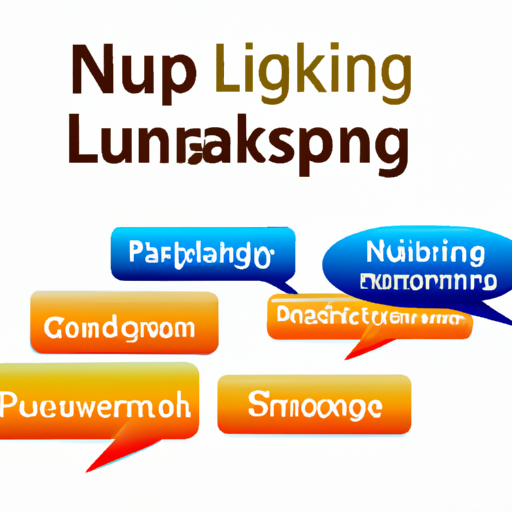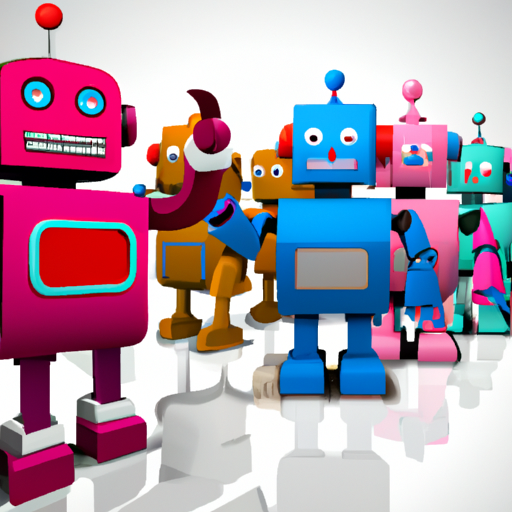In the digital age, Natural Language Processing (NLP) has transformed how machines interact with human language. As a subfield of Artificial Intelligence (AI), NLP focuses on the interactions between computers and human languages, enabling machines to understand, interpret, and generate text in a way that is valuable and coherent.
What is Natural Language Processing?
NLP involves the processing and analysis of substantial amounts of natural language data. The goal of NLP is to enable computers to understand language as humans do, allowing for seamless communication between humans and machines.
How Does NLP Work?
At its core, NLP utilizes various algorithms and techniques derived from computational linguistics, machine learning, and AI. Here are some fundamental processes involved in NLP:
- Tokenization: Breaking down text into smaller units called tokens, which can be words or phrases.
- Text Analysis: Evaluating the content of the text to derive meaningful insights.
- Sentiment Analysis: Assessing the emotional tone behind a body of text.
- Named Entity Recognition: Identifying and classifying key entities in the text, such as names, organizations, and locations.
Applications of Natural Language Processing
NLP has wide-ranging applications that enhance various sectors. Some notable applications include:
- Chatbots: Utilizing NLP to create conversational agents that can engage with customers and assist them with queries.
- Voice-activated Assistants: Platforms like Siri, Alexa, and Google Assistant rely on NLP to understand and respond to user commands.
- Automated Translation: Tools like Google Translate use NLP to convert text from one language to another.
- Content Recommendation: Analyzing user preferences and behaviors to suggest articles, products, or services based on language input.
The Future of NLP
As technology advances, the prospects for NLP continue to broaden. Current research focuses on improving the accuracy of machine translations, enhancing the contextual understanding of algorithms, and democratizing access to advanced language models. Future applications may include deeper personal assistants and advanced sentiment analysis tools that can adapt to the complexities of human emotion.
Conclusion
Natural Language Processing is a revolutionary field that bridges the gap between human communication and computer understanding. As we continue to innovate and improve this technology, the potential benefits for businesses and individuals alike are immense. By harnessing the power of NLP, we can expect to see more effective interactions with technology and improved efficiencies across various sectors.
For more insights into AI and machine learning technologies, stay tuned to our blog!




